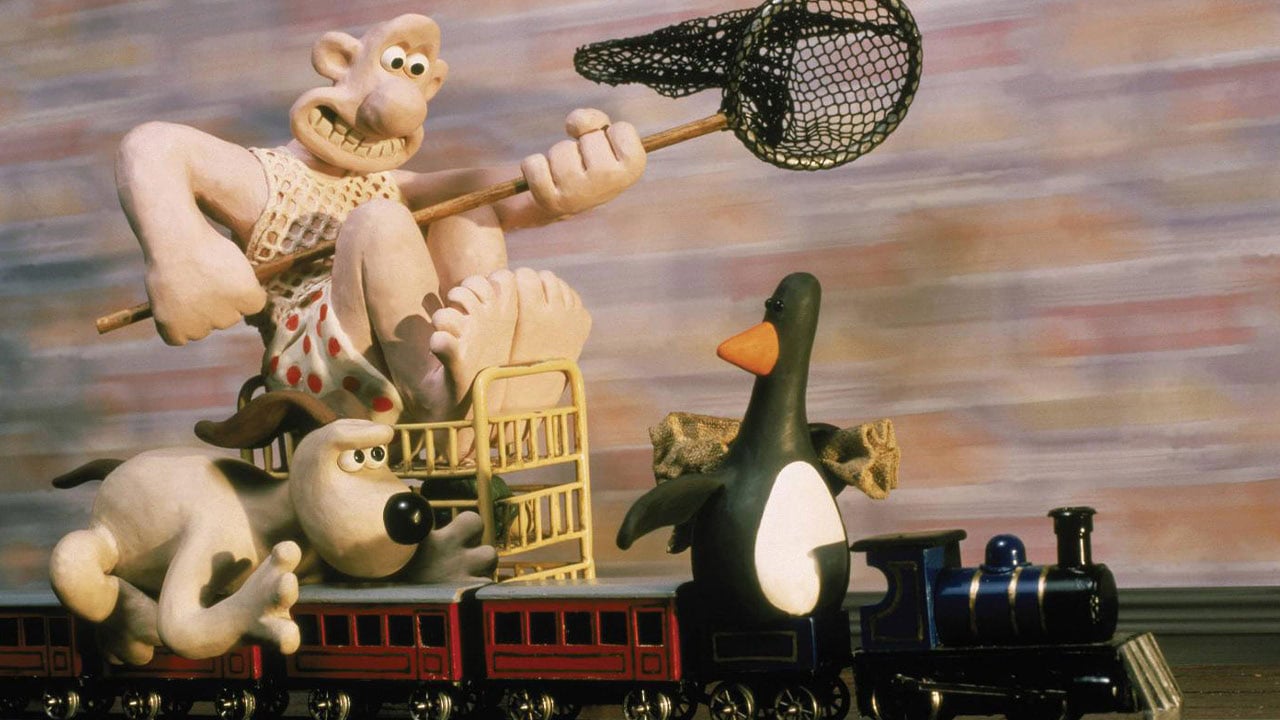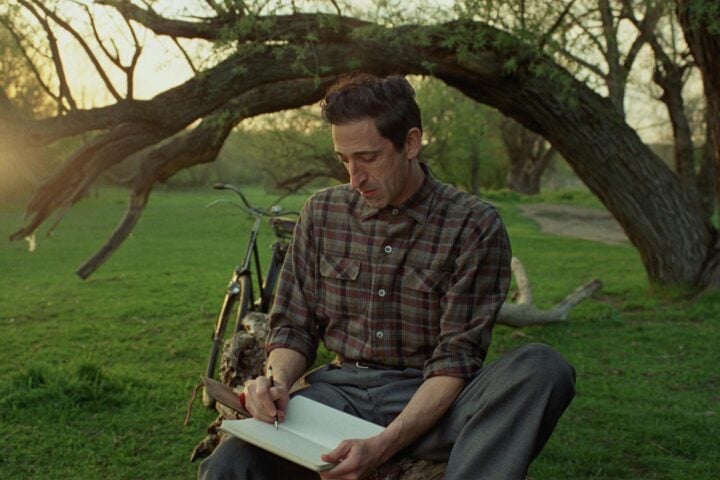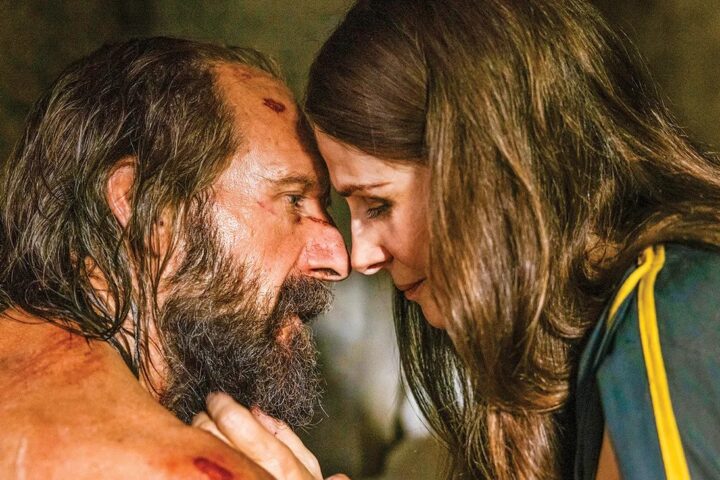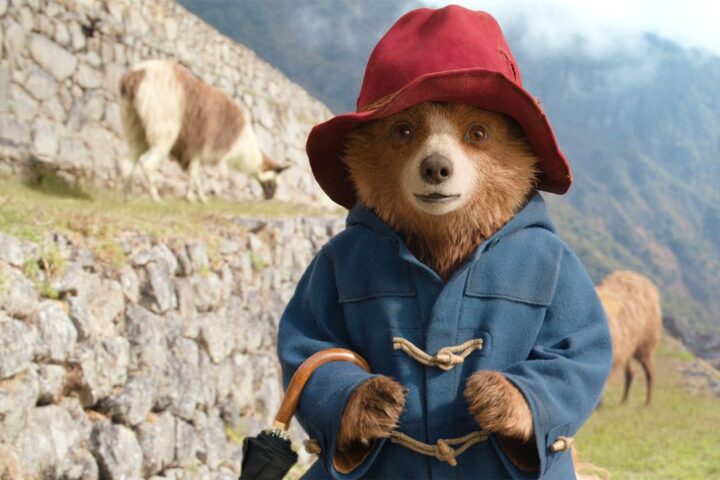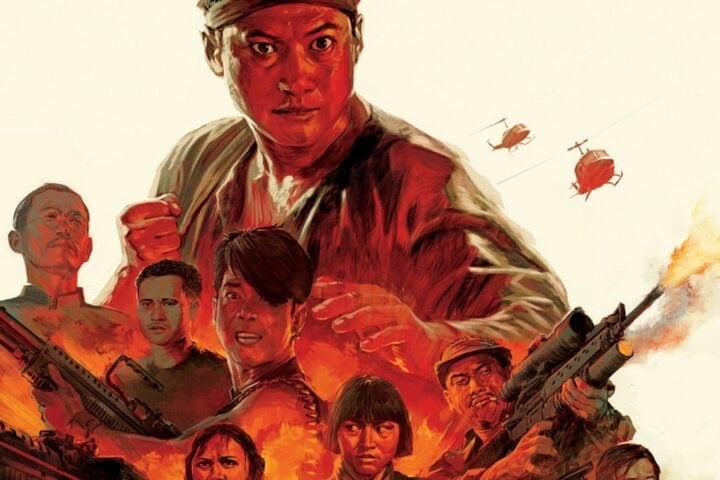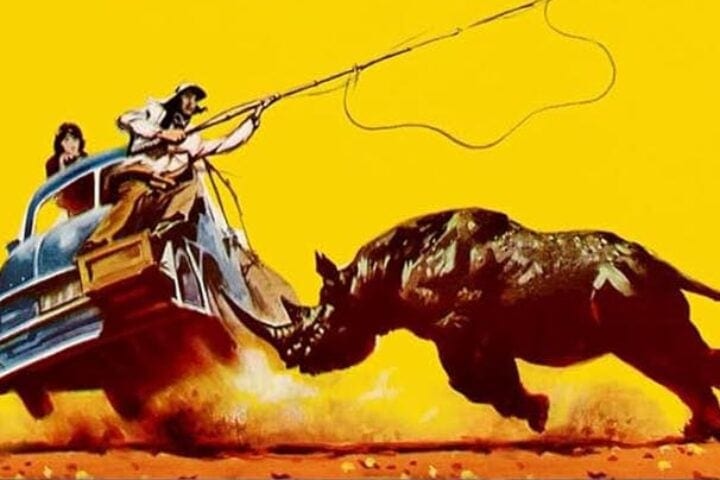Nick Park’s Wallace & Gromit series debuted in 1989 with the Oscar-nominated “A Grand Day Out” and since then has grown into a multimedia franchise and a staple of British pop culture, at once relaxing in its wry sense of humor and dazzling in its deceptively complex, propulsive animation. Like all the entries in the series, the short that started it all centers on eccentric, cheese-loving inventor Wallace (voiced by Peter Sallis until 2010 and Ben Whitehead thereafter) and his intelligent but incredibly expressive dog, Gromit. Inevitably, Wallace devises a convoluted, Rube Goldberg-esque new project that goes wrong in some way, necessitating Gromit’s intervention to save them both from disaster.
The extremity of both Wallace’s genius and inanity is evident in everything from his ability to build a functioning rocket out of household items to his desire to use said vessel to go to the moon on the belief that it’s made of cheese. Even when working with minimal resources, Park is more than capable of crafting a gorgeous mini-space adventure; here, the scenes set on the lunar surface have a stark ambience offset by slightly psychedelic skies, bringing to mind the tinted version of Georges Méliès’s “A Trip to the Moon.” Once on the moon, Wallace and Gromit encounter an abandoned, coin-operated robot that looks as ramshackle as something Wallace might have created, and the machine attempts to steal their rocket to return to Earth.
No less defined by careful comic timing and a steady escalation of absurdity, Park’s subsequent films reveal a greater command of filmmaking and make a number of nods toward touchstones of British cinema. Take 1995’s “A Close Shave,” in which Wallace becomes smitten with wool shopkeeper Wendolene, who hilariously looks like the animators took a spare clay model of Wallace and stuck a wig on it. The plot is pushed forward by a battle of wills between Wendolene’s evil dog, Preston, who steals the sheep his owner relies on for wool, and Gromit, whom Preston frames for his crimes, but the emotional through line of the short is Wallace’s organically deepening relationship with the woman. And when they’re separated at the end, in part by Wendolene’s lactose intolerance to Wallace’s beloved cheese, the genuine melancholy that underlines the absurdity recalls the ending of David Lean’s Brief Encounter.
The greatest of the Wallace & Gromit shorts, 1993’s Oscar-winning “The Wrong Trousers,” is effectively an extended homage to Alfred Hitchcock. It starts when Wallace, perennially hard up for money, renting out a room to a penguin named Feathers McGraw, whose ominous presence is a clear play on Ivor Novello’s character from the Master of Suspense’s first masterpiece, The Lodger. Feathers wastes no time tormenting Gromit as a rival while ingratiating himself with Wallace in order to steal the man’s newest invention: a mechanical set of trousers that can walk on walls and ceilings, perfect for the bird’s plan to rob a museum.
Gromit’s mounting paranoia, the genuinely unnerving blankness of Feathers’s mouthless visage, and the suspense of the penguin’s increasing likelihood of violence are handled with aplomb, and a climactic sequence in which Wallace and Gromit give chase to Feathers via hastily laid model railroad tracks is, simply put, one of the greatest action scenes of all time.
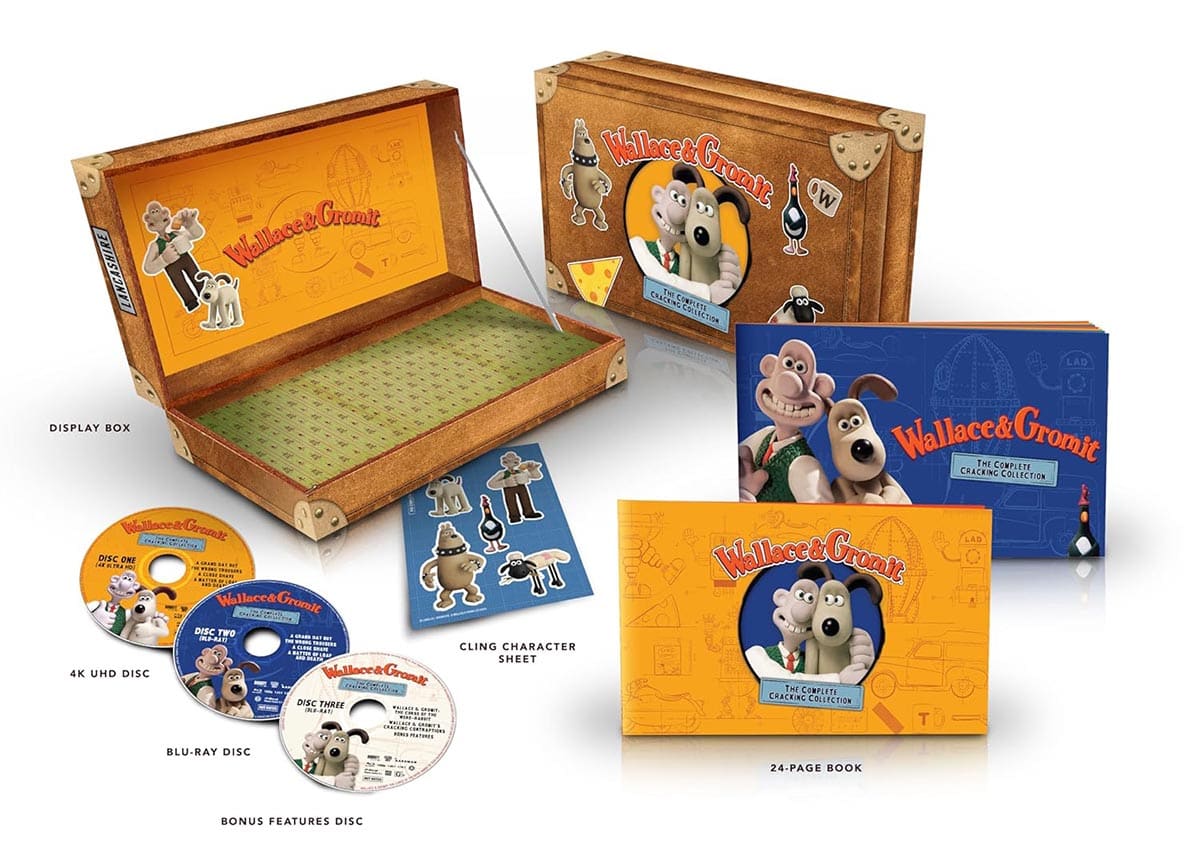
Elsewhere, 2008’s murder mystery “A Matter of Loaf and Death,” which takes its title from a Powell and Pressburger classic from 1946, breaks no new ground for Park but nonetheless finds him operating at a usual high standard of physical comedy, verbal wit, and well-executed action. Before that short, Park (and co-director Steve Box) helmed 2005’s feature-length The Curse of the Were-Rabbit (included in the set, dubiously, as a bonus), which is nothing less than a love letter to classic Hammer Horror in all its gothic dread and goofy campiness.
The titular monster is a terror less to humans than to the manicured gardens of the bourgeois landowners who ultimately prove more scary given the violence that their ruined lawns cause them to practice. It’s a fitting direction for the series, one that reveals how easily the ostensibly simple foundation of the original short can support far larger and more ambitious work.
Image/Sound
Shout! Factory’s handsome three-disc set arrives under heavy scrutiny over the 4K masters prepared for the shorts by Aardman Animations and the BBC, which some analysts have determined to be hastily upscaled and touched up with A.I. Comparisons of still frames do show instances of considerable noise reduction, though the most egregious evidence of sloppy A.I. application can be found in details that reveal lettering on certain objects has visibly altered. The short most affected by this is “A Matter of Loaf and Death,” which has been so drastically de-noised that it suffers from a clear loss of detail in some shots.
It should be said, though, that these shorts have never been well served on home video, and for the most part these are still clear upgrades over the transfers included on Shout!’s 2009 Blu-ray release of The Complete Cracking Collection, which boosted the lighting levels on the shorts up to the point of washing out the image. The UHD brings things down to a darker, more natural tone, and the first three shorts show a consistent uptick in granular detail on everything from the fuzz on yarn to the faint fingerprint smudges on the characters’ clay molding. Stop-motion has always benefited from 4K, and these shorts are no exception in spite of the flawed remastering, though definitive transfers remain frustratingly out of reach.
The remastered soundtracks have also been criticized for supposed alterations, but it’s much harder to get a clear idea on the accuracy of the disc’s presentation owing to longstanding issues with slight pitch-shifting in the conversion of the British PAL, 25 frames-per-second video standard to the 24fps NTSC American format. The BBC has advertised the restored audio here as finally rectifying that issue, and there’s a slight but noticeable difference in the audio compared to the 2009 Blu-ray, most audible in Julian Nott’s scores. These tracks are, at any rate, warmly enveloping, distributing Nott’s music robustly in all channels and layering the subtly rich soundscapes of off-screen noise in side channels amid the loud bustle of Wallace’s contraptions going haywire. Dialogue is consistently clear in the front of the mix.
Extras
The most prominent of the set’s extras is the aforementioned inclusion of The Curse of the Were-Rabbit on the bonus 2K Blu-ray. Even absent the full 4K treatment, the video and audio quality are excellent, and with the new feature Vengeance Most Fowl out now, it stands to reason that a future upgrade that incorporates both films may be in the cards.
Besides this, the set comes with the complete set of “Cracking Contraptions” micro-shorts featuring Wallace showing off dubious inventions to a bemused Gromit. There’s also an interview with Nick Park and Aardman Animations founder and producer Peter Lord, as well as a brief overview of the franchise and making-of documentaries on three of the four Wallace & Gromit shorts. Another featurette covers U.K. luxury department store Harvey Nichols’s Wallace and Gromit-themed ad campaign. Finally, the set comes with picture galleries and mock blueprints of Wallace’s inventions, and a booklet with an essay by critic Peter Debruge, who recounts the history of Park’s signature creation and makes some canny observations about the characters, such as their Jeeves and Wooster-like relationship to each other.
Overall
Though the best-yet video presentation of the Wallace & Gromit shorts, inconsistently upscaled transfers and the lack of the franchise’s two features in ultra-high-definition will leave fans hoping for a more holistic, lovingly prepared release down the line.
Since 2001, we've brought you uncompromising, candid takes on the world of film, music, television, video games, theater, and more. Independently owned and operated publications like Slant have been hit hard in recent years, but we’re committed to keeping our content free and accessible—meaning no paywalls or fees.
If you like what we do, please consider subscribing to our Patreon or making a donation.

